Significant Habitat Will be Destroyed
Environmental impacts not only include our views and our habitats but also the habitats of animals, birds, bees, and the rest of nature, usually relied upon for correcting our impacts and pollution. Having these detrimental effects on the welfare of these natural habitats will not only impact our local environments but may potentially impact environments at a regional, national and global level if species are put at risk. Impacts on wildlife habitats can take many forms:
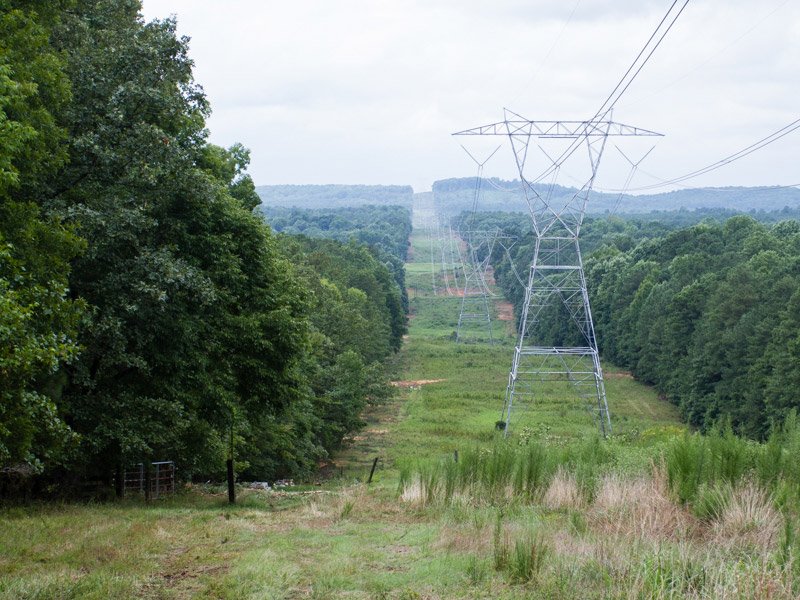
Transmission Line ‘right-of-ways’
The first of these is the effect of physical disturbance or destruction of natural land and air habitats. Clearing of trees, shrubs, and other plant growth areas (as required for transmission line ‘right-of-ways’), are extensive and impact large areas.
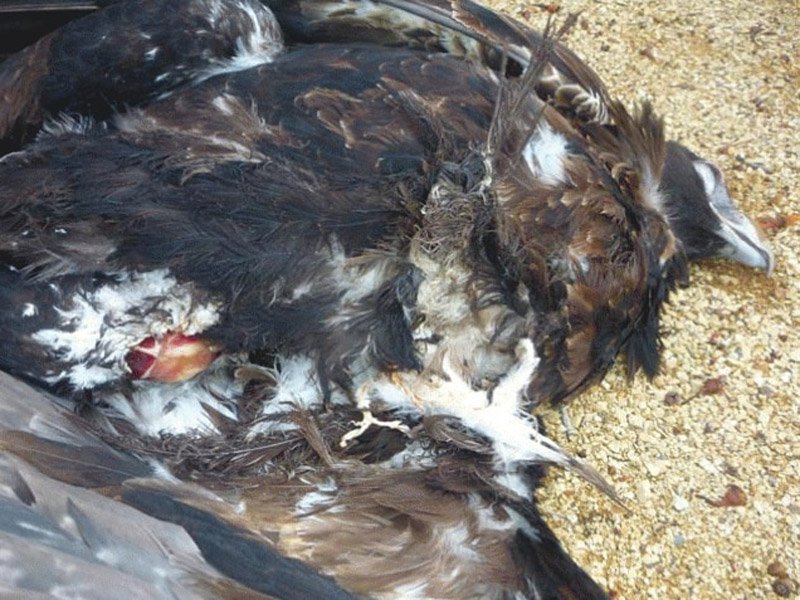
Bird Deaths and Overhead Transmission Lines
Bird deaths associated with overhead transmission lines have been reported for more than 100 years (Coues 1876, Cohen 1896, Emerson 1904). A 2014 literature review (by Public Library of Science) of available data showed an estimated 12-64 million birds killed each year in USA alone from strikes with transmission lines and from electrocution.
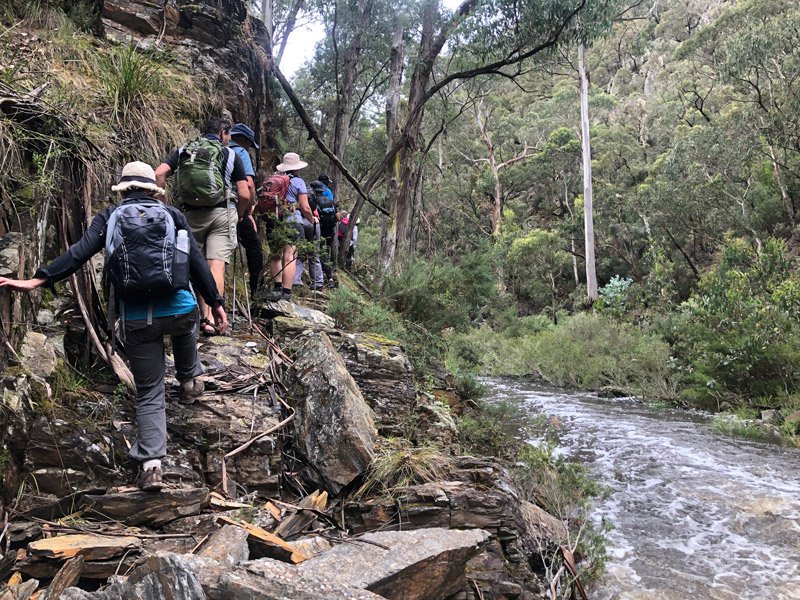
Lerderderg State Park – Significant Habitat
The Lerderderg State Park encompasses scenic and geological gorge formations surrounding the Lerderderg River as well as the volcanic cone of Mount Blackwood. The park is known for its remote setting and the 300m deep Lerderderg River gorge is a dominant feature. Private land abuts the park to the south. The narrow corridor between private land and the park represents the AoI.
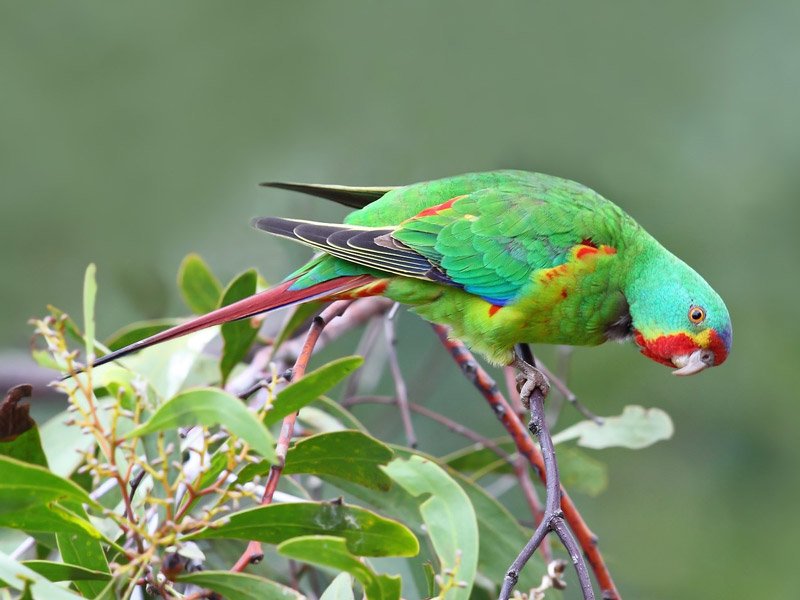
Threatened Fauna
Based on an appraisal of records and potential and known habitats in the area, eight threatened fauna species are considered to have a moderate to high potential to occur within or directly surrounding the Area of Interest. These species are: Curlew, Sandpiper, Swift Parrot, Australian Painted-snipe, Growling Grass Frog, Golden Sun Moth, Small Golden Moth, Spotted-tailed Quoll and Striped Legless Lizard.
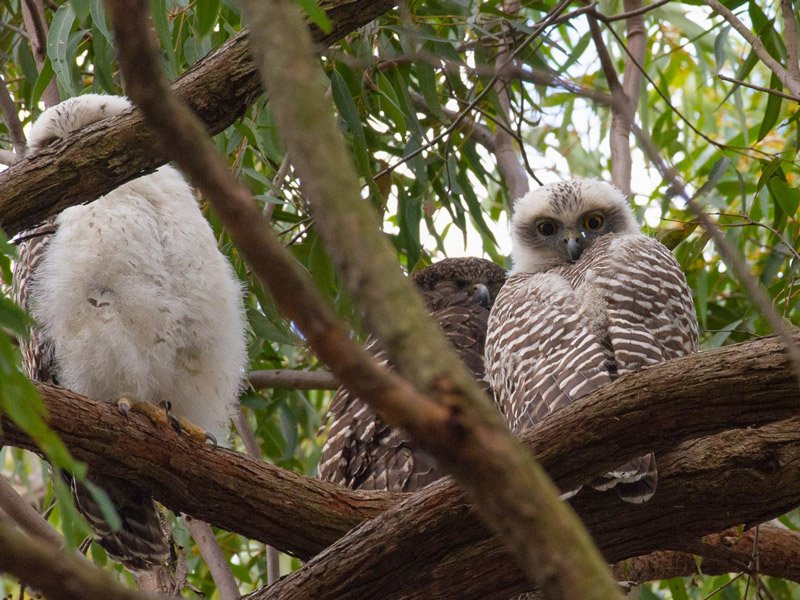
Fauna
The Lerderderg is a haven for koalas, eastern grey kangaroos, swamp wallabies and echidnas. Nocturnal animals include the greater glider, mountain brushtail possum and bent-wing bat.
Bird life abounds including Sulphur Crested Cockatoos, the majestic Wedge-tailed Eagle which can be seen from many vantage points soaring above the area. Black Cockatoos, White Knapped Honeyeaters, White Throat Tree Creepers, Crimson Rosellas, Gang – Gang Cockatoos, the Superb Lyrebird and Large Forest Owls are also to be found throughout the area.
High voltage transmission lines are known killers of wedge-tailed eagles and other raptors.
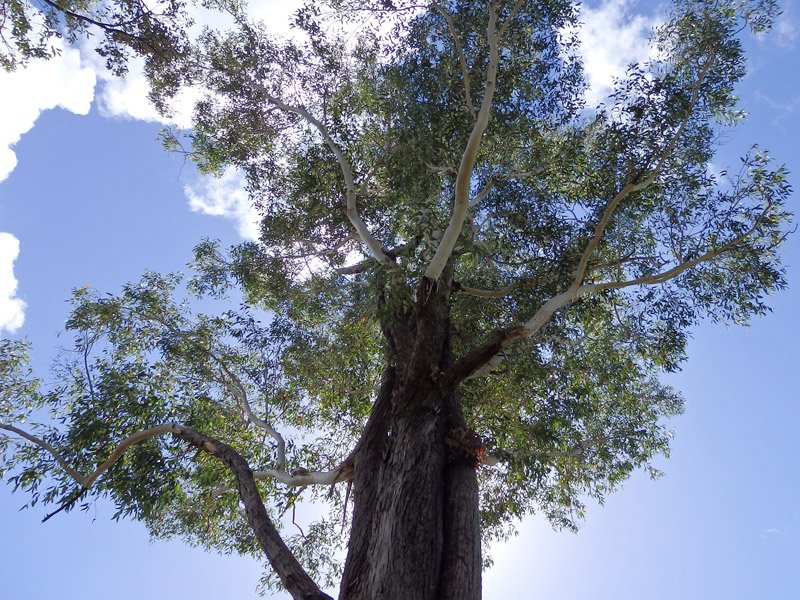
Flora
The Lerderderg State Park supports a range of vegetation types, including a riparian Blue Gum and Manna Gum community of State significance and 23 significant plant species including over 200-year-old Grey Box Gums. These are to be found within the State Park as well on adjacent private land. There is a striking transition of vegetation following a rainfall gradient from south to north. Dry Stringybark–Box forests near the gorge mouth, and Box–Ironbark woodlands along the high ridges of the south, grade into taller, damper Messmate– Peppermint–Gum forests along the northern boundary of the Park.
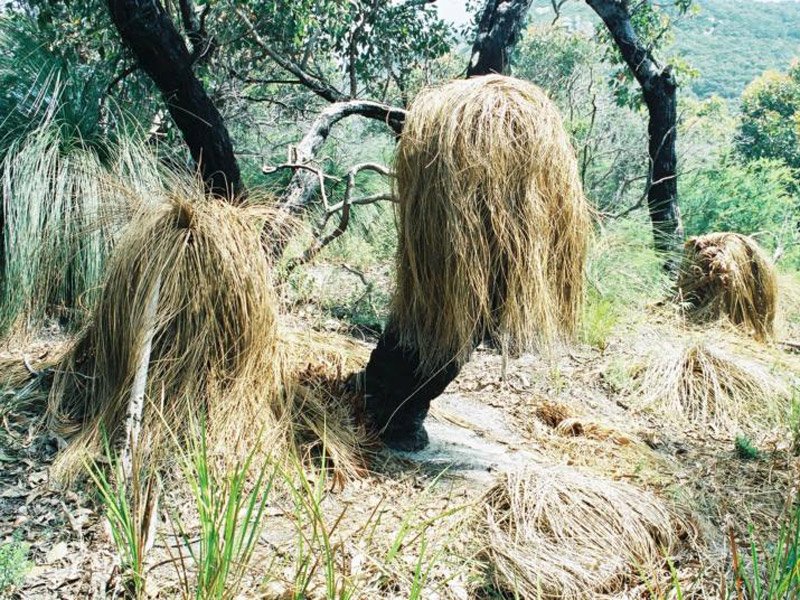
Cinnamon Fungus
Phytophthora cinnamomi (Cinnamon Fungus) is a microscopic, soil-borne disease-causing organism that attacks and destroys plant root systems causing plants to die through lack of water and nutrients. Patches of dead or dying vegetation can indicate the presence of this silent killer and grass trees are particularly susceptible.
The invasive Cinnamon Fungus has been recorded at a number of sites within the Lerderderg State Park. The fungus seriously affects native vegetation and causes the death of susceptible species. There is no known cure.
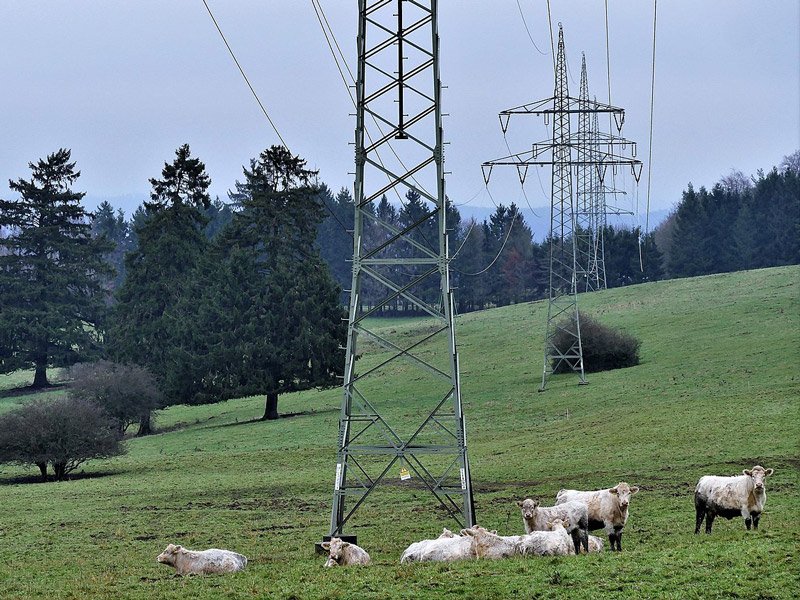
Low Frequency (ELF) Electromagnetic Fields (EMFs)
It is well documented that overhead high voltage power lines produce Extremely Low Frequency (ELF) Electromagnetic Fields (EMFs) that impact significantly on the immune systems, hormones, behaviour and fertility of birds, animals, and bees.
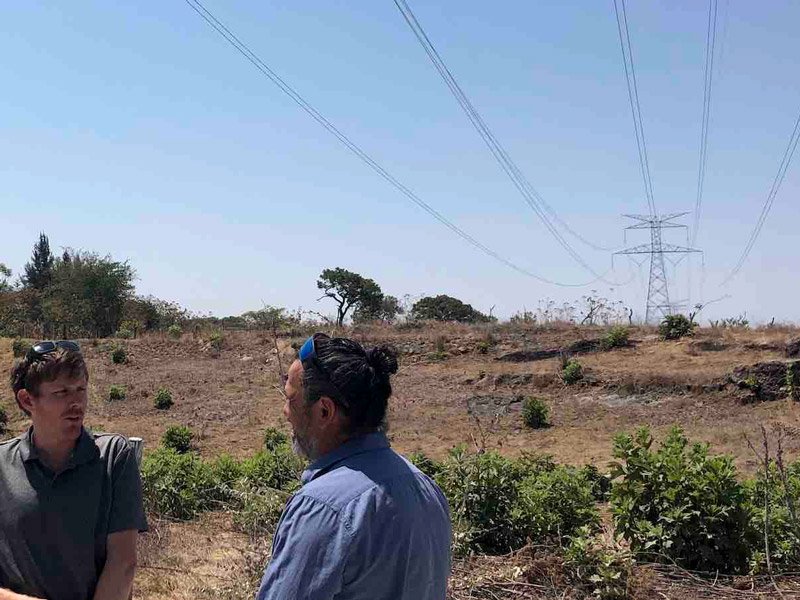
Sterilisation of Carbon Rich Bushland
Residents take great pride to ensure properties work in harmony with nature through safeguarding biodiversity practices (planting native trees and land care measures) producing a positive green effect. Easements for transmission lines sterilise this rich bushland by will exposing great swaths of land, harming our environment. Forests regulate our climate by removing carbon from the air (carbon sequestration) and storing it.

Join Now
Get Involved
The only way to make a difference is to get involved. It’s easy to sit back and wait for others to do something but when you are staring at 75-85m towers in a few years time, you will kicking yourself for not doing something when you had the chance. This is OUR only chance to stop these towers, so get involved now.
Welcome to the home of Darley Power Fight. A group of residents in Darley, Coimadai and Merrimu, united against high voltage transmission towers passing through our backyard. We came together through the realisation the transmission line will divide a narrow corridor between Darley and the Lerderderg State Park; altering landscape character, causing widespread damage to critical habitat for threatened species, increasing fire risk to the Park and thousands of residents, destroy our visual amenity, harm local agriculture and will impact businesses and property values. It will completely desecrate, in a few years, what nature has taken millions of years to create.

